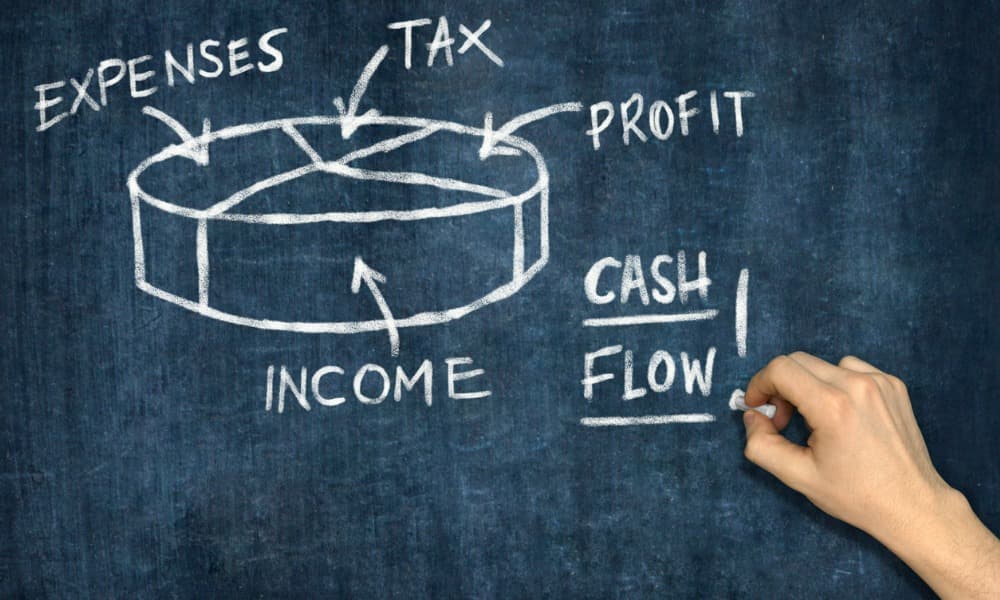Washington, D.C. is known as a cultural hub with things to do on nearly every corner, but that can sometimes be overwhelming. You might not know where to start when trying to find the best spot to shop local artisans’ goods, for example, or when looking for the top farmers markets to check out.
Fortunately, the area has a wide variety of farmers market options, offering everything from fresh produce to live music and grass-fed beef. Artists and artisans set up shop at farmers markets to sell their wares, making these events the perfect places to connect with producers in your community.
Here are a few of our favorite local farmers markets in the Washington, D.C. area.
What is a Farmers Market?
Farmers markets have become great ways for people of all ages and interests to acquire fresh, healthy produce, handmade goods, and artisanal products, plus meet others in their neighborhoods and connect with new friends. These markets typically take place on weekends to allow for more visitors, but some are open during the week. Most are seasonal, too, running from the early summer through late fall.
A few things to keep in mind if you’ve never visited a farmer’s market:
- Most people think of these events as primarily good for purchasing fruits and vegetables.
- Vendors of all kinds can be found at a farmers market, though. Baked goods are especially popular, and there are usually several purveyors of delicious treats such as fruit pies, bread, and cookies. You might find farmers who sell organic meat at the farmers market near you.
Farmers and producers who wish to give back to their community and sell fresh, hand-carved meats often set up shop at local markets.
Finally, you might find talented musicians playing live music. These markets usually feature something for everyone, from festive tunes to activities for young children.

5 Great Farmers Markets in Washington, D.C.
There are many farmers markets in the D.C. area, from the Monroe Street Farmers Market and Chevy Chase Farmers Market to the Arcadia Mobile Market. A few stand out as favorites for both locals and visitors to Washington, D.C., however. Here are just a few of our recommendations.
1. Palisades Farmers Market
The Palisades Farmers Market was established in 2008. It began with only six farmers and has since grown to welcome a large, thriving group of around 20 food growers, producers, and other vendors. The Palisades Farmers Market also provides a forum for members of the community to learn about healthy, sustainable food production and preparation. Enjoy a little bit of everything, from fresh zucchini bread and bakery treats to handmade pasta. It is open year-round, from 9 am until 1 pm, and can be found in the heart of the Palisades Neighborhood.
2. Petworth Community Market
A non-profit organization of Petworth residents, the Petworth Community Market runs every Saturday from May through November. A wide variety of vendors can be found there, including Spring Gap Mountain Creamery and its raw milk cheese as well as Open Book Farms’ pasture-raised pork and chicken products. Grab one of the plentiful parking spaces around 9th and Upshur Streets NW and enjoy everything that this fresh, vibrant market has to offer. As one of the best in the state, the Petworth Community Market has something to satisfy every taste.
3. DuPont Circle Farmers Market
The Circle Farmers Market is located in one of Washington, D.C.’s most historic neighborhoods and features one of the largest varieties of vendors of any market in the state. It runs from early January through late December and is open on Sundays from 8:30 am through 1:30 pm. For the best browsing experience, arrive early, grab a pastry or other fresh food item, and take your time as you experience the sights and sounds of a classic farmers market experience. DuPont Circle Market features more than 50 farmers during peak season, making it a must for anyone who appreciates local farmers and homegrown produce.
4. Columbia Heights Farmers Market
Established in 2010, the Columbia Heights Farmers Market runs from early April through late December every year. It is exclusively open on Saturdays, from 9 am until 1 pm, and is located in the Columbia Heights Civic Plaza. Enjoy a wealth of variety at this market, with lots of delicious local food options from baked goods and handmade ice cream to cheese and produce from local farmers. Make sure to pick up some fresh cut flowers to display at home, and enjoy a memory of the market for days to come.
5. 14th and U Farmers Market
For a great shopping experience in a trendy neighborhood, visit the 14th and U Farmers Market. It is smaller — usually featuring around 10 vendors — but offers plenty of bang for your buck. Enjoy fresh cheeses, bread, produce, and much more. This market is open seasonally, on Saturdays from May through November.
Please note that some farmers markets might have special provisions in place in the wake of COVID-19, so make sure to check each event’s page before heading out with your reusable bag in tow. Many feature special accommodations for safer shopping, including social distancing, “save your spot” reservations, and larger parking lots.
The Best of Washington, D.C.
If you have any questions about life in Washington, D.C., contact the experts at Nomadic Real Estate today! Our trained real estate professionals can help you with any questions you might have about living in or moving to the area.
Alternatively, if you are looking for a place to rent, check out our DC rentals.



































